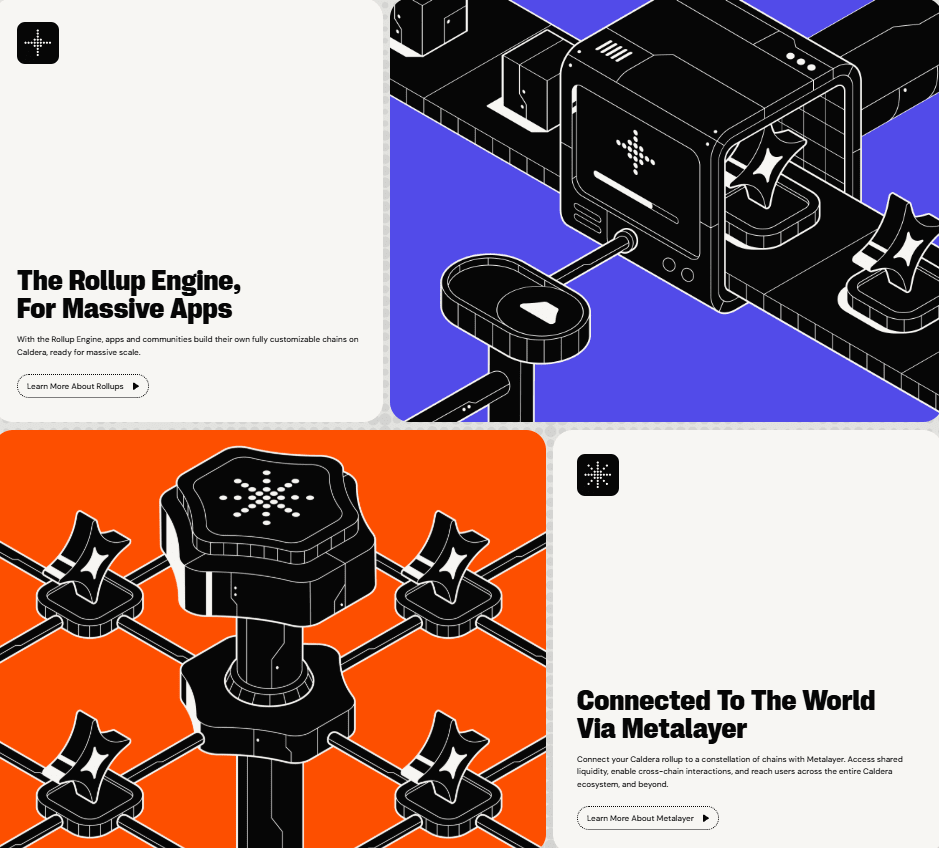
With the surge in the number of Rollups, the fragmentation of the blockchain ecosystem has become increasingly severe, urgently needing a technical solution to weave a unified network. Caldera Metalayer has quietly emerged as a weaving tool with its cross-chain interoperability framework, connecting the dispersed Rollup ecosystem and bringing new collaboration to the Web3 world.
Let us step into Caldera together and feel how it illuminates the future of blockchain through innovation and collaboration. The web of Caldera Metalayer begins with its cross-chain interoperability framework, supporting over 20 Rollups such as Arbitrum Orbit, OP Mainnet, and ZKSync 3.0 in August 2025. The Hyperlane messaging protocol ensures 1-to-1 communication and many-to-1 data reading, with an upgrade in July 2025 increasing the messaging success rate to 99.9%, handling 550 million cross-chain requests. Intent-based bridging achieved asset transfers within 3 seconds through optimizations by Across and Eco in June 2025, with TVL nearing 870 million USD.
The Rollup Engine automatically deploys the Metalayer, supporting 110 Rollups in August 2025, including Treasure and Plume Network, ensuring plug-and-play for new chains. The testing network in July 2025 attracted 8,000 node participants. The brilliance of collaboration lies in its developer tools. Metalayer offers TypeScript SDK and pre-built UI components, and the 'Cross-Chain Challenge' event in August 2025 allocated rewards to 80 developers, covering cross-chain gaming and DeFi applications.
The Widget SDK integration in July 2025 attracted 450 dApps, with API call volume reaching 220 million. The aggregation layer selects the optimal route through quote aggregation, and optimization in June 2025 reduced cross-chain fees by 20%, with transaction volume surpassing 65 million. The Caldera ecosystem has 1.8 million wallets and 6.5 billion transactions, with a TVL growth rate of 22% in August 2025, showcasing its ecological vitality. Challenges still exist.
The uneven distribution of nodes in Hyperlane may affect efficiency, and intent-based bridging may face delays under high concurrency. Testing in July 2025 showed that 6% of nodes exited due to performance issues. In the future, if Caldera enhances node coverage and optimizes bridging efficiency, its web may connect more Rollup ecosystems. This web weaves the foundation of collaboration for Web3. Each intertwining enhances the potential of blockchain, and we look forward to its brilliant future together.#caldera $ERA
@Caldera Official





